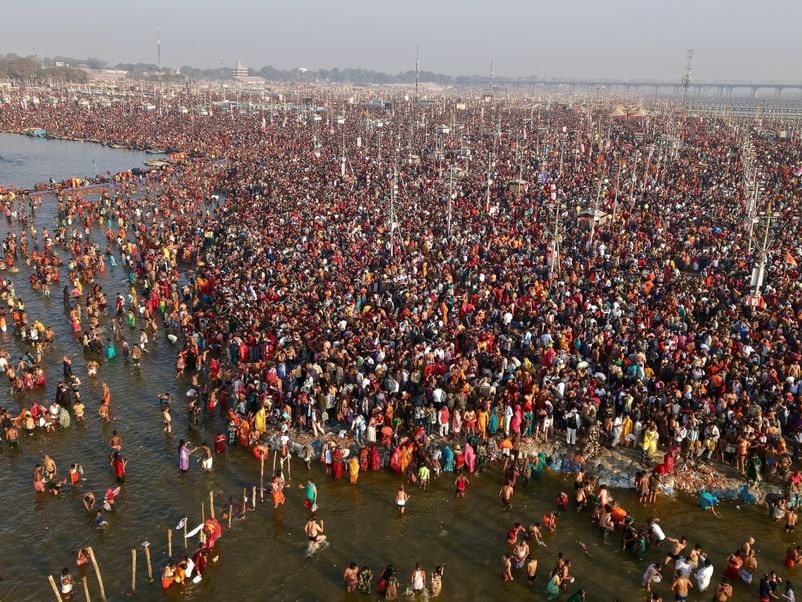
New Delhi: Environmental experts have raised concerns over the Central Pollution Control Board (CPCB) report that claims poor water quality at the Mahakumbh. The report states that the Triveni Sangam water is not fit for bathing, citing high levels of biological oxygen demand (BOD). However, several experts have countered these findings, arguing that the data is incomplete and does not provide a full picture of the water’s condition.
“Water is Fit for Bathing” – Prof. Umesh Kumar Singh
Prof. Umesh Kumar Singh, an environmental science expert from Allahabad University, has questioned the CPCB’s conclusion, stating that the available data suggests the water at Sangam is safe for bathing.
“A few days back, the CPCB report mentioned increased levels of faecal coliform bacteria in the water. I believe CPCB needs to work more on the report because their data is incomplete,” said Prof. Singh.
He further pointed out that the CPCB report lacks crucial information, such as the levels of nitrates and phosphates, which are key indicators of water pollution.
“The level of dissolved oxygen, as shown in the report, is good. Based on the current data, I can say that the water at Triveni Sangam is fit for bathing,” he added.
“CPCB Report is Inconsistent” – Prof. RK Ranjan
Prof. RK Ranjan, an associate professor at Central University of South Bihar, echoed similar concerns, calling the CPCB report “very inconsistent”.
“The data presented by the CPCB is not sufficient to declare the water unfit for bathing. It would be hasty to conclude this without a more comprehensive study,” he stated.
Prof. Ranjan highlighted that similar data inconsistencies have been observed in Garhmukteshwar, Ghazipur, Buxar, and Patna. He also noted that the timing and location of water sample collection significantly impact the results.
“The presence of pollutants can fluctuate based on several factors, including the number of people bathing at a given time. A single data point cannot determine the overall water quality,” he explained.
“Coliform Bacteria is Not Unusual” – Dr. Amit Kumar Mishra
Dr. Amit Kumar Mishra, an environmental scientist from Jawaharlal Nehru University (JNU), also dismissed the CPCB report’s findings, stating that the presence of coliform bacteria is not unusual or alarming.
“We need more data, more frequent measurements, and better monitoring stations. The high presence of coliform bacteria is nothing new, especially during peak bathing events like Shahi Snan,” Dr. Mishra said.
According to him, E. Coli bacteria levels have historically spiked during large gatherings at religious events, but that does not necessarily mean the water is unsafe.
“More Data is Needed” – Prof. Chander Kumar Singh
Prof. Chander Kumar Singh from the TERI School of Advanced Studies also criticized the lack of crucial parameters in the CPCB report.
“The current report does not include several important water quality indicators. A more detailed and transparent study is needed before drawing any conclusions,” he emphasized.
Experts Call for More Comprehensive Water Monitoring
All the experts unanimously agreed that more data points, better monitoring stations, and additional parameters should be included before making any claims about water safety at the Mahakumbh.
While the CPCB report raises concerns, the lack of a complete dataset has led environmentalists to challenge its findings. With millions of devotees taking holy dips at Triveni Sangam, accurate and transparent reporting on water quality remains crucial.

 Share
Share
_458360041_124x80.jpg)


